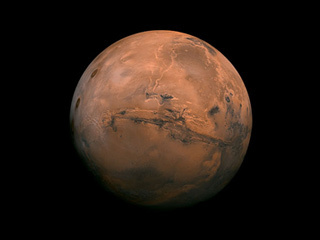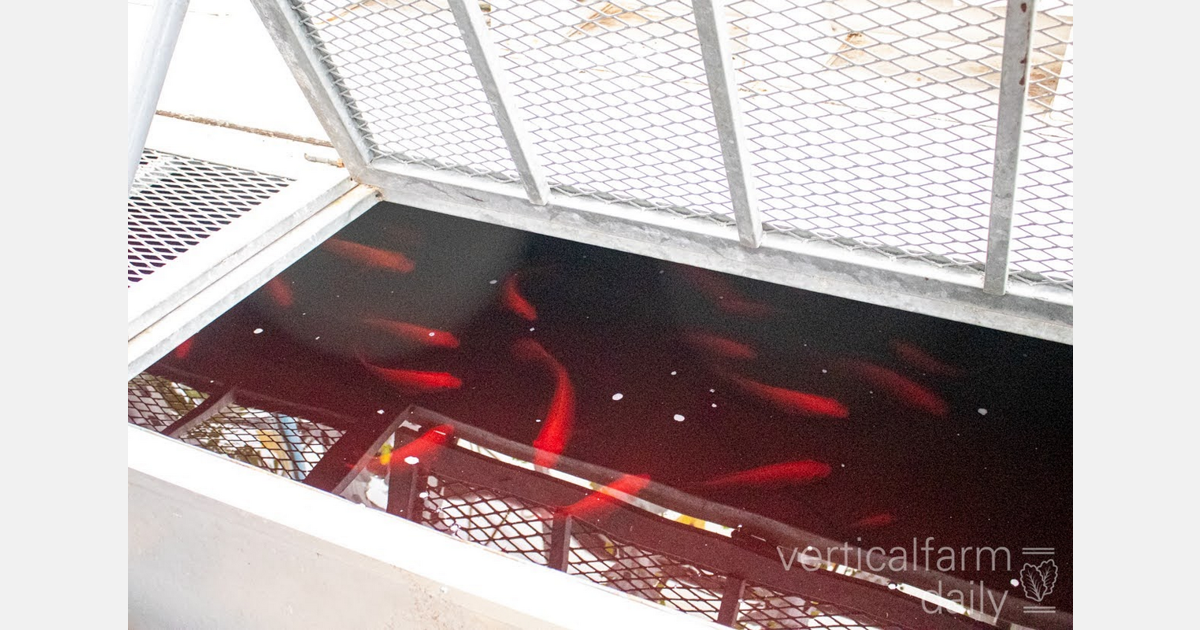As part of its ongoing mission to explore Mars, the Curiosity rover has a two-sol plan for today. The primary goal is to conduct contact science on the Murray formation in the area using targeted remote sensing at a location called “Koes.” Unfortunately, there wasn’t enough power or time to include contact science in the weekend plan, so this is an ideal opportunity to do so now.
The plan begins with ChemCam and Mastcam observations of both “Koes” and “Onawa” to gather data and characterize the Murray formation. Next, the rover will use its Dust Removal Tool (DRT) to brush off a fresh surface at the “Koes” site, followed by MAHLI imaging. Additionally, MAHLI will be used to take images of the rover wheels as part of its ongoing monitoring efforts. APXS will also be placed on “Koes” for an overnight integration to gather further data.
After completing its remote sensing and contact science activities, Curiosity will carry out a SAM preconditioning activity, which involves heating up a sample cup in preparation for solid sample analysis. The following day, the rover will wake up early to acquire a Mastcam mosaic of “Baynes Mountain” to document the contact point between the Murray and Stimson formations.
On Sol 1381, Curiosity will conduct another ChemCam observation of the Murray formation at “Khoabendus” and use Mastcam to characterize veins at the target known as “Helgas.” Furthermore, Navcam will be used to monitor the atmosphere and search for dust devils in the area.
Overall, this two-sol plan allows Curiosity to gather valuable data about Mars’ geology while also advancing our understanding of how life existed on Earth billions of years ago. With each passing day on Mars, we are getting closer to unlocking some of its mysteries that could potentially change our understanding of our own planet’s history.


